Chronic Venous Insufficiency
Review our guide on chronic venous insufficiency (CVI) to better understand the symptoms, causes, and treatment options to get the care you need.
Read More
Susan Ellenson is a physical therapist with more than 25 years of experience as a clinician and consultant. In addition to holding a license to practice physical therapy, she is certified as a wound specialist (CWS) through the Academy of Wound Management and is a certified lymphedema therapist (CLT). She is currently a Clinical Specialist at Tactile Medical, providing ongoing clinical education on lymphedema, vascular and wound care.
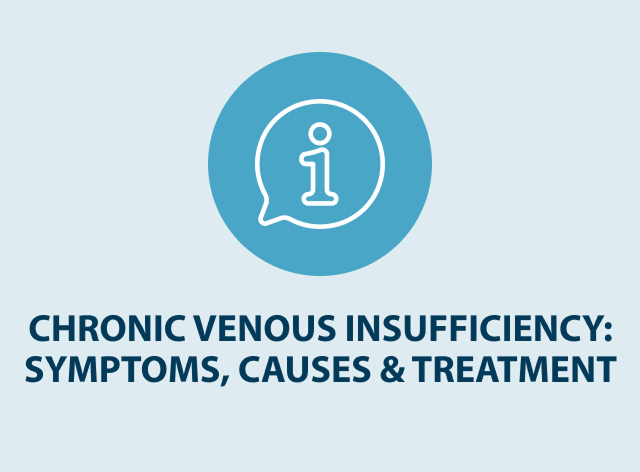
Review our guide on chronic venous insufficiency (CVI) to better understand the symptoms, causes, and treatment options to get the care you need.
Read More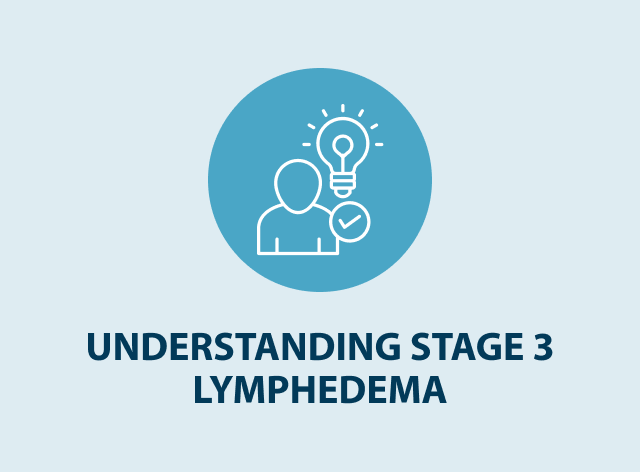
Stage three lymphedema is the most advanced stage of this chronic condition. In this stage, the affected body part might display one or more symptoms, such as significant swelling, alterations in the skin, or recurring episodes of infection. While this stage can be challenging to manage, understanding your condition and working with healthcare professionals can help you maintain your quality of life and prevent complications. Let’s explore what you need to know about managing stage 3 lymphedema and the treatment options available.
Read More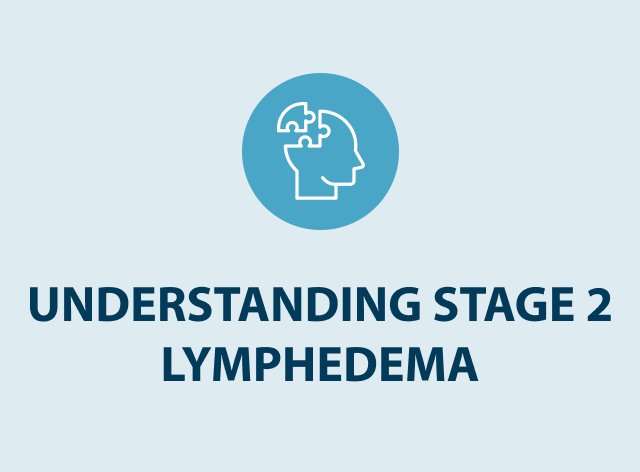
Living with stage 2 lymphedema brings unique challenges, but understanding your condition is the first step toward effectively managing it. While this stage marks a point where the condition becomes irreversible, there are many ways to maintain your quality of life and prevent symptoms from progressing. Keep reading to explore everything you need to know about stage two lymphedema, from its symptoms and causes to diagnosis and treatment options.
Read More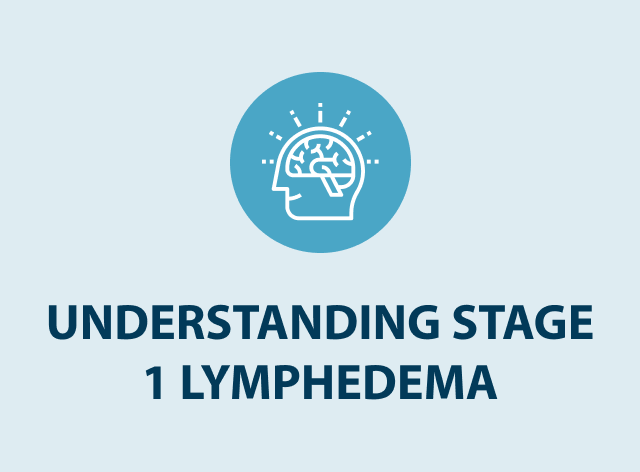
When the lymphatic system becomes compromised, fluid buildup can lead to stage 1 lymphedema, a condition marked by mild but noticeable swelling in affected areas. This initial stage is a crucial window for intervention, as proper treatment can prevent progression to more severe stages. Knowing the signs, causes, and treatment options for stage one lymphedema can help you take control of your health and work with your healthcare team to manage this condition.
Read More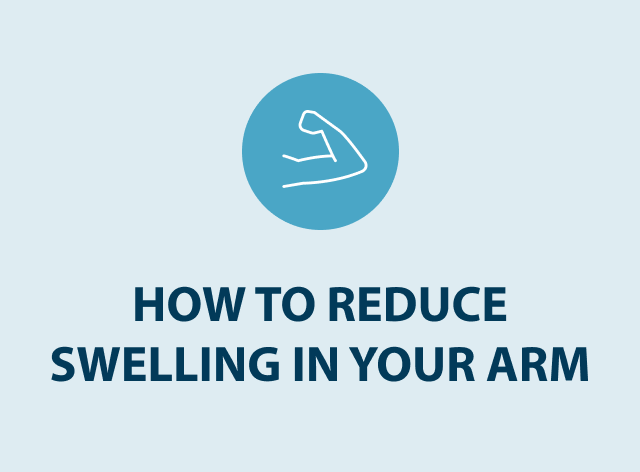

Living with lymphedema requires you to follow a treatment plan to manage your symptoms and reduce the risk of complications. Taking a comprehensive approach to managing lymphedema can help you reduce swelling and avoid complications such as infection and loss of range of motion. You may be wondering who treats lymphedema and how you can get started on a treatment plan.
Read More
If you’re living with edema, finding ways to reduce and manage the symptoms of edema is one of the most important things that you can do. Dietary changes can be an effective tool for managing edema symptoms. Reducing your sodium intake is the primary focus reduce the effects of edema. A protein and fiber-rich diet may also help improve edema symptoms for some people. If you want to learn more about the ideal diet to control edema, read on.
Read More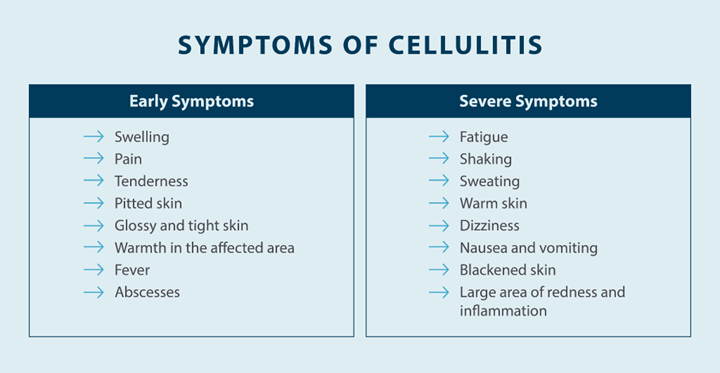
Cellulitis is a bacterial skin infection that can occur anywhere on the body. Left untreated, cellulitis can lead to further health complications, which is why finding treatment early on is essential. Cellulitis can be caused by a wide range of factors, such as cuts and wounds from surgery. If you’re at risk of developing cellulitis, it’s important to be informed of the causes, symptoms, and treatment of this infection. In this post, we’ll provide an in-depth cellulitis definition, along with information on cellulitis symptoms, what causes cellulitis, treatment options, and more.
Read More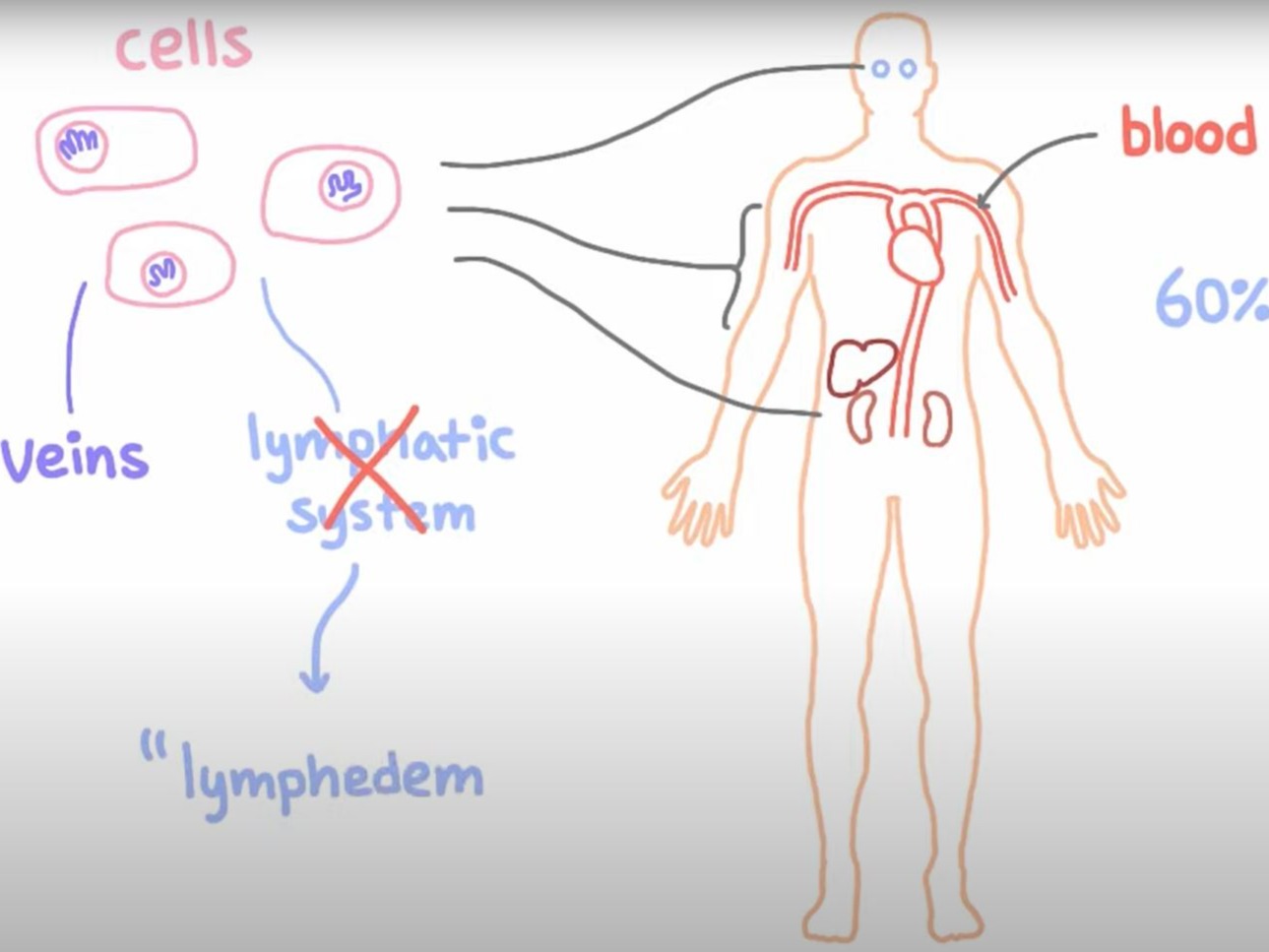
As you adjust your lifestyle and habits to take control of your swelling, it can be helpful — and empowering — to understand what causes swelling and how it works in your body.
Read More
Edema is a condition that occurs when fluid builds up in the tissue of your body. In most cases, edema doesn’t pose any health risks if managed, but what happens if edema is left untreated? Edema left untreated can continue to get worse, leading to increased swelling, blisters, and more. Visiting a doctor for edema treatment is important, especially if you haven’t attempted to find treatment options.
Read More
Edema blisters can be painful and make simple aspects of life more difficult. These blisters are caused by a buildup of fluid underneath the skin, which can eventually lead to the skin in the blistered area to break and release that fluid. While this is more common in the elderly and people who are less mobile, edema blisters can occur in any patient with swelling.
Read More
Pitting edema is a condition where an indentation, or pit, is left on the skin when sustained pressure is applied to an area of a person’s body that’s affected by edema. Fortunately, there are treatment options for people that present with pitting edema that can help provide relief and reduce swelling that’s associated with this condition.
Read More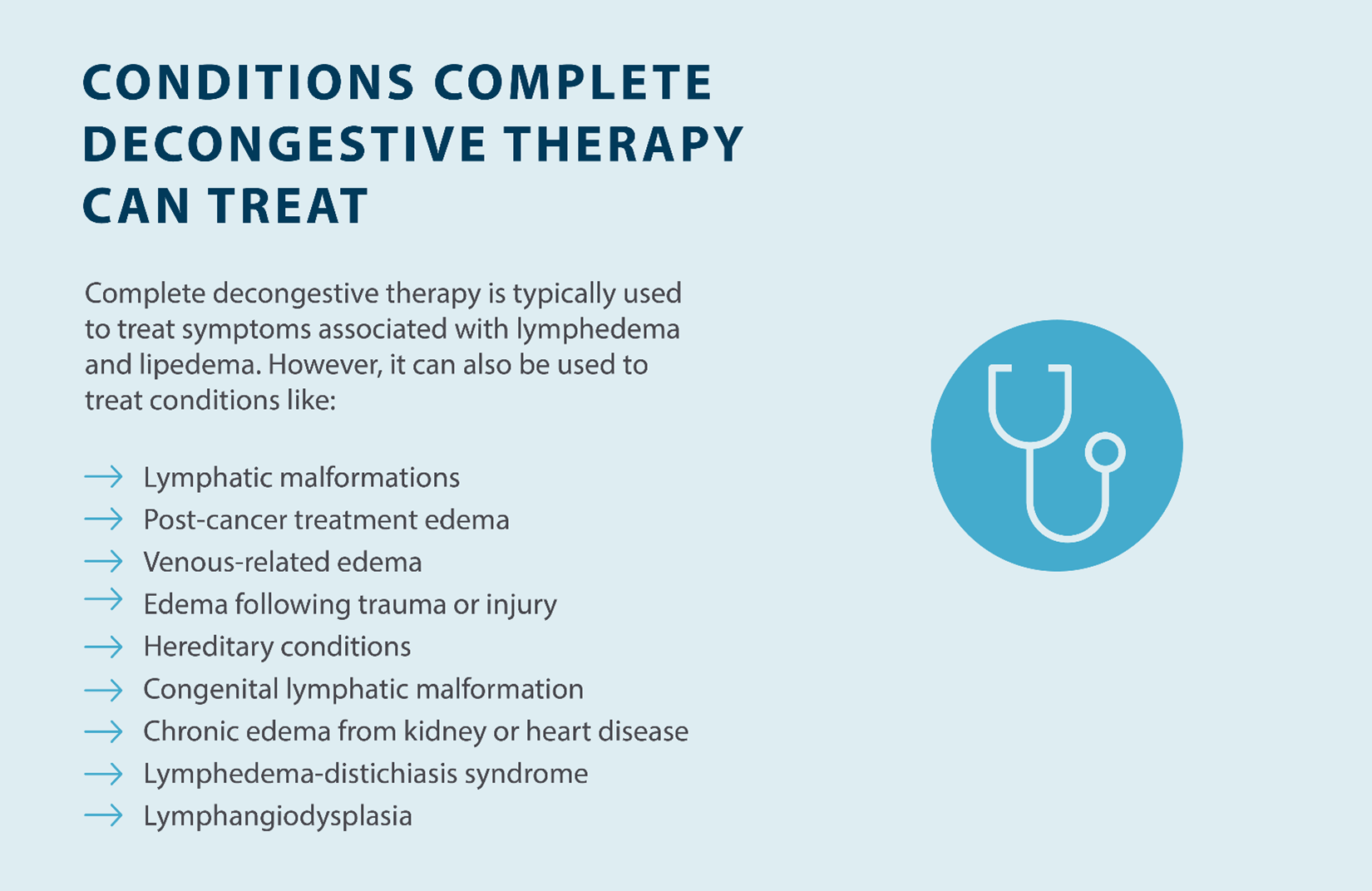
Complete decongestive therapy (CDT) is a treatment for lymphedema, edema, and similar conditions where swelling is present. Unlike other types of treatment for lymphedema, complete decongestive therapy doesn’t refer to a single treatment method. Instead, CDT combines several different treatment methods to help stimulate the lymphatic system and relieve the pain, swelling, and other symptoms that may be present with lymphedema.
Read More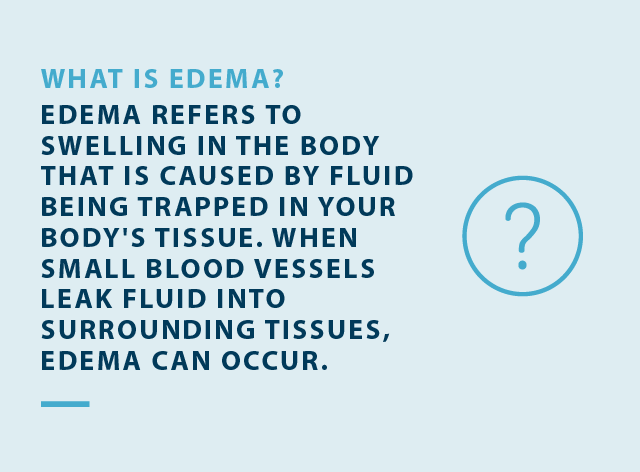
Edema after surgery is common, as swelling is a natural reaction. Learn how to manage swelling after surgery here.
Read More
Measuring edema can help you get an accurate diagnosis. Learn how edema assessments are performed, along with treatment and other information, here.
Read More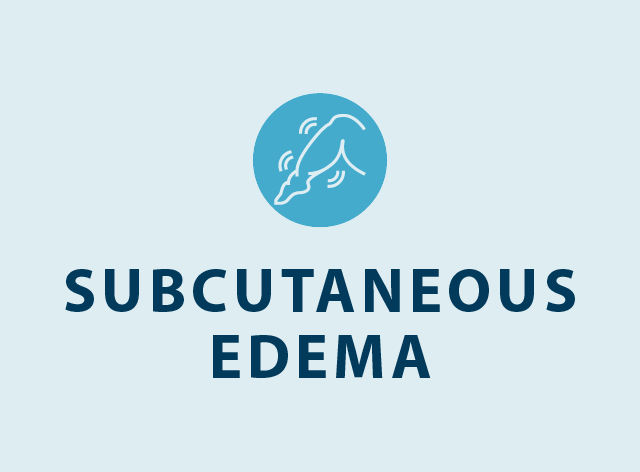
Subcutaneous edema occurs in the deepest layer of skin and can cause swelling and other symptoms. Learn more about subcutaneous edema in this guide.
Read More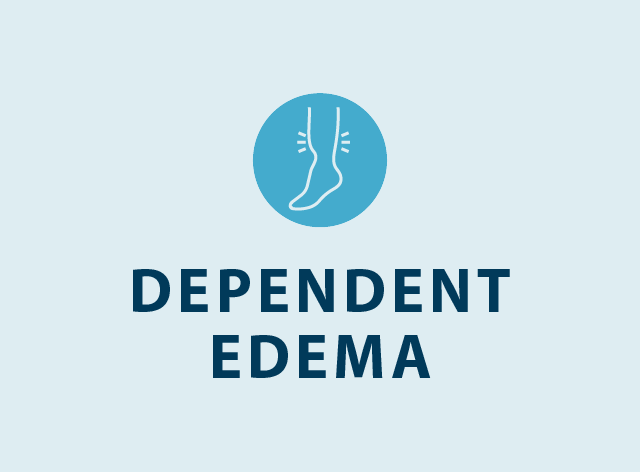
Dependent edema occurs in areas of the body influenced by gravity, like the legs & arms. Learn more about dependent edema symptoms, causes & more in this guide.
Read MoreThis site uses cookies.